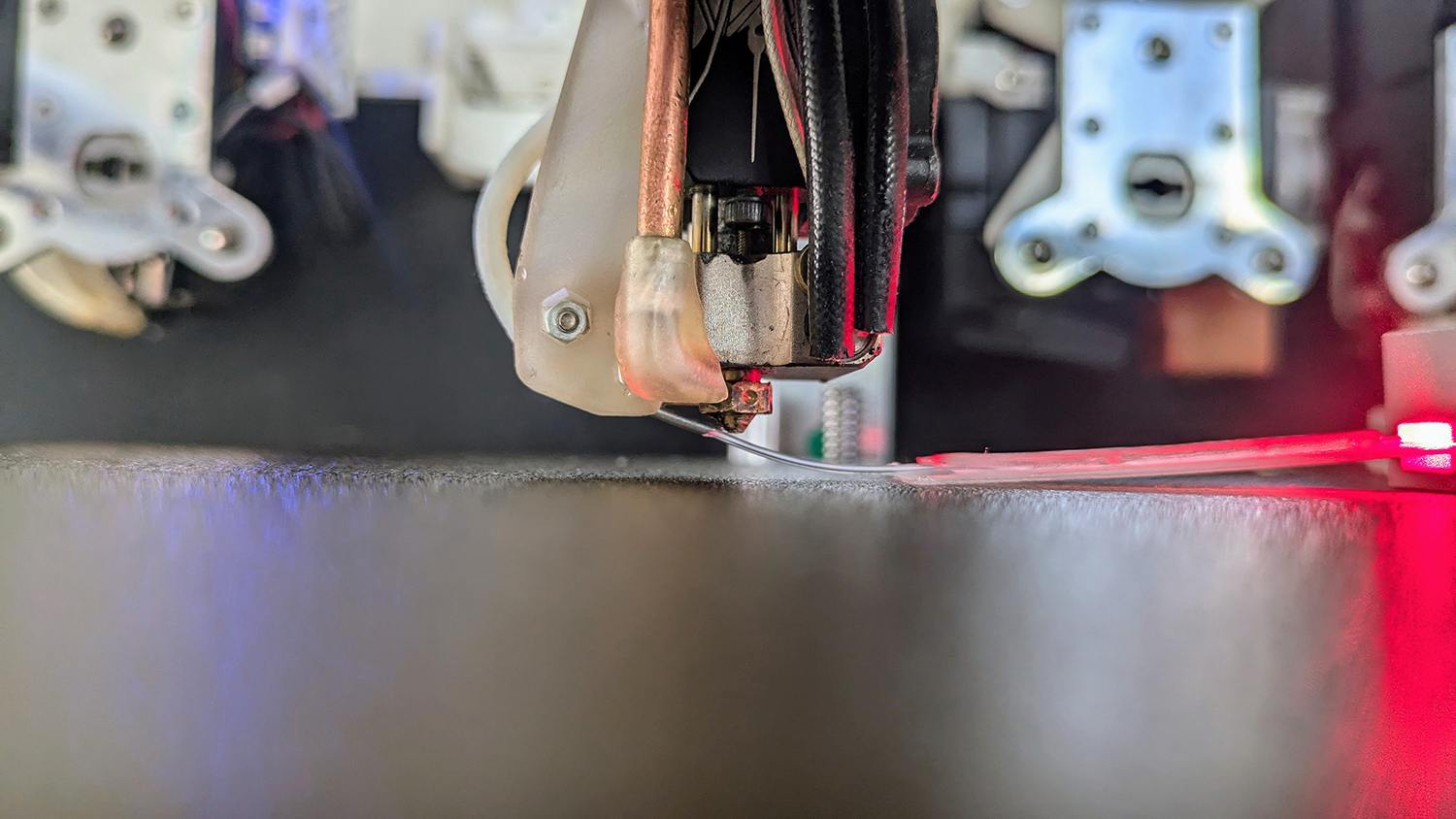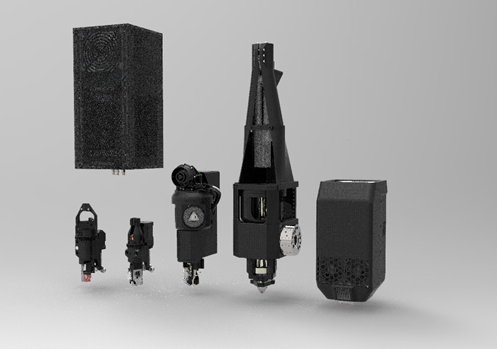Motivation
Fiber optic technology allows us to overcome physical limitations in data transmission. In lighting technology, flat, flexible, and lightweight light sources can be realized. Both applications cannot be achieved with any other technology. For implementation, careful integration of the fibers is crucial for optimal functionality.
Current methods for applying fiber optics are often manual and time-consuming, leading to high production costs and longer manufacturing times. Manual applications can result in inconsistencies in quality and precision, affecting the reliability of the final products. Additionally, traditional methods offer less flexibility in integrating fiber optic functionalities into complex component geometries, limiting design possibilities.
 Fraunhofer Institute for Machine Tools and Forming Technology
Fraunhofer Institute for Machine Tools and Forming Technology
